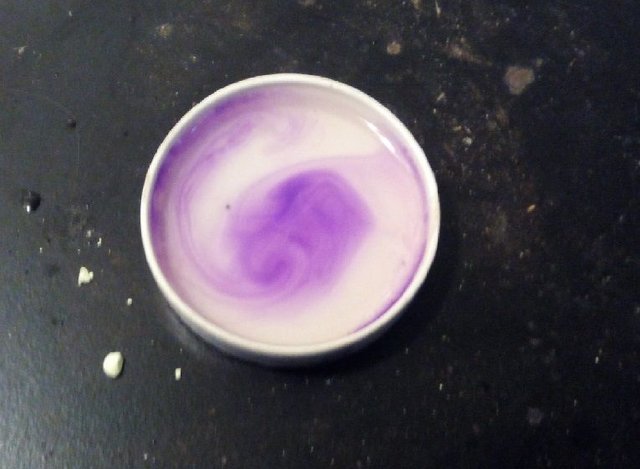Alkali metals properties, [PART II].
INTRODUCTION.
The behavior of alkali metals is related to their atomic radius. Because as the atomic radius increases, the interaction between the last electron (layer nS1) and the atomic nucleus decreases which is due to the principle of the electrostatic force. This principle indicates that when a negative particle (-) approaches or moves away from a particle (+) the force of attraction that each one exerts on the other will increase or decrease respectively, that is to say that the electrostatic force will depend on the distance between the particles, in our case this distance would be the atomic radius.
So we can then explain, why the alkali metals react at higher speed as it descends in group 1. This happens because as the atomic radius is higher the last electron will be released more easily. This characteristic implies that its first ionized energy is lower therefore the capacity of the element to oxidize and form its characteristic ion will be greater.
METHODOLOGY.
- Reaction of alkali metals with water and alcohol (generation of hydroxides):
A porcelain crucible was used where a small amount of distilled water was added, then a small piece of Sodium (Na) was taken, which was dried and introduced into the crucible with water, where it reacted and immediately added to the obtained solution a drop of universal indicator, then the solution was neutralized with HCl. This process was repeated with Potassium (K), then instead of water was used ethanol and the same experiment was carried out.
RESULTS AND DISCUSSION.
When the alkali metals (Na and K) were added to the water, it was observed that a "violent" reaction occurs with small explosions, in addition the level of reaction increased as it decreased in group I, that is, the reaction was more "violent" when potassium K was added to the water. A drop of universal indicator was added to the solution obtained, turning the solution into a purple color, indicating that the solution had a basic pH. This pH level was originated because the alkali metals react with water to produce the corresponding metal hydroxide and gaseous hydrogen as shown in the following reactions:
2K(s) + 2H2O(l) ----> 2KOH(ac) + H2 (g) ΔG°= -405,14KJ/mol.
 Figure 1. Indicator added to the solution obtained
Figure 1. Indicator added to the solution obtained2K +2 EtOH ----> H2 + 2EtOK
check this out @mcw.
Nice post, flame tests are probably the most exciting way to determine what metal you have.
Yes that's for sure, thanks.
Congratulations @anibalmdz! You have completed some achievement on Steemit and have been rewarded with new badge(s) :
Click on any badge to view your own Board of Honor on SteemitBoard.
For more information about SteemitBoard, click here
If you no longer want to receive notifications, reply to this comment with the word
STOP